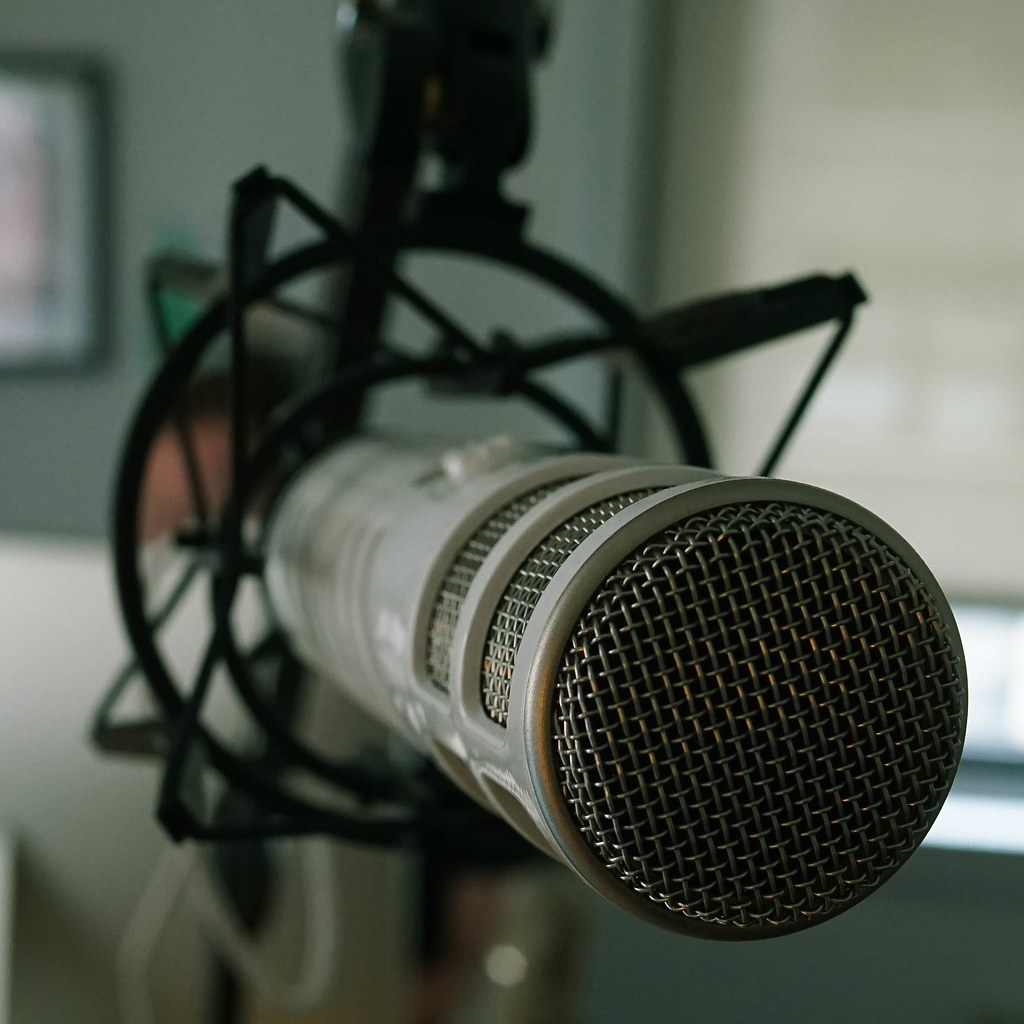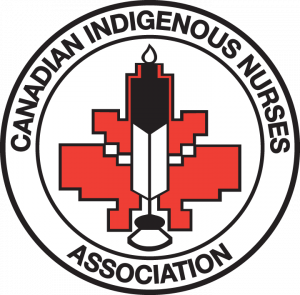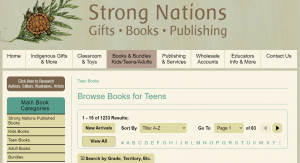Module 2, Entry 2
Our World is an organization which partners with remote Indigenous communities to provide workshops and media arts training which focus on film/media making and digital storytelling. To date, the organization has helped to create over 200 films which share the personal experiences and traditional stories from Indigenous, Metis, and Inuit youth and Elders across Canada. Films range in themes from traditional stories, residential school impacts, Indigenous stereotypes, celebrations of culture, and multigenerational lessons from the past.
Many of their films can be viewed on their website for free as well!
Here’s the link to their site:
https://www.ourworldlanguage.ca/



